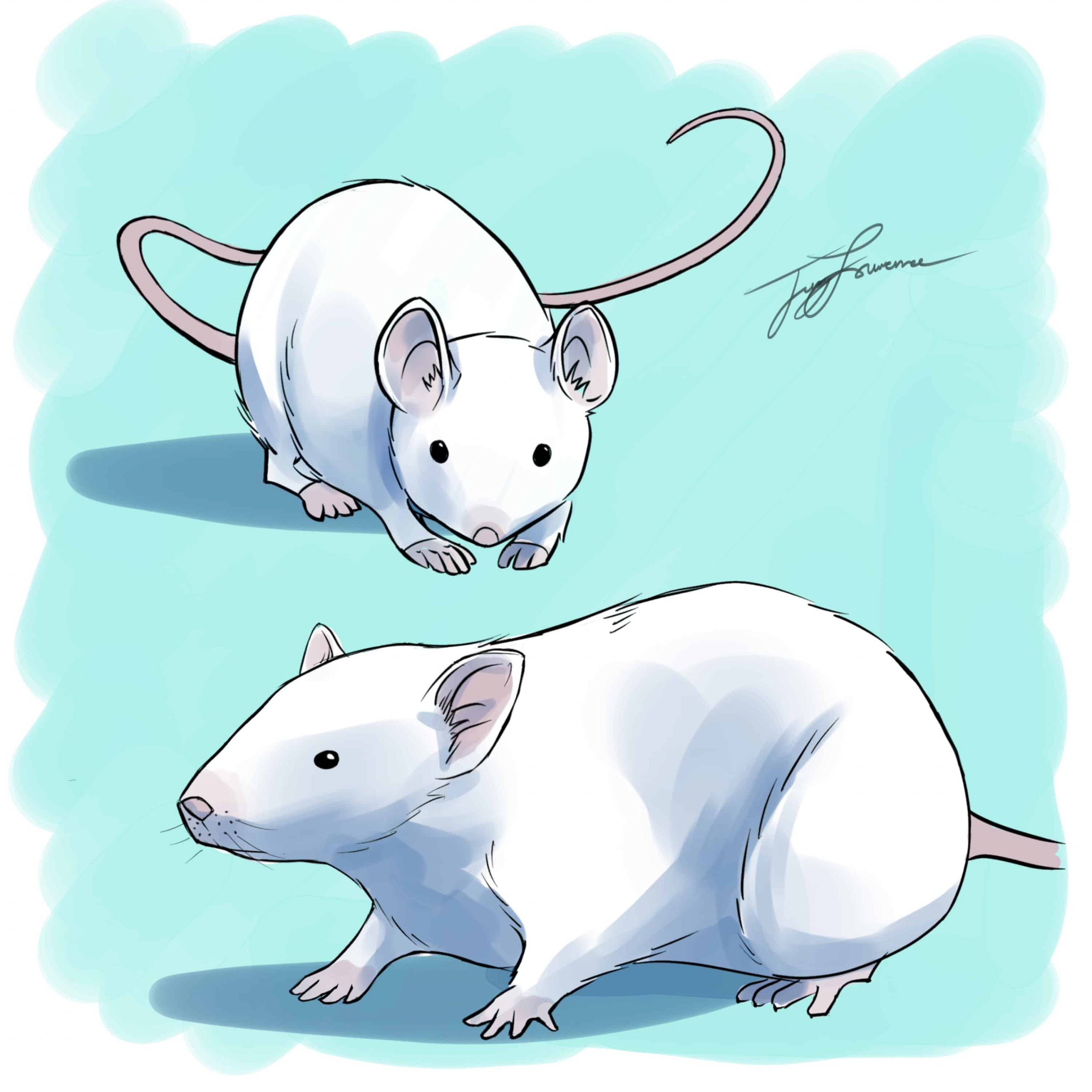Why is it that we can’t completely remember events from our childhood?
Previous studies have shown that infants are unlikely to remember event-based memories. As infants, we lack the cognitive abilities to consolidate and store autobiographical memories. As we grow older and our brains develop, new neural pathways are made in the place of old ones, leading to a near-total loss of memories from the first few years of life.
A unique form of this circuit recalibration and the most impactful on childhood forgetting is hippocampal neurogenesis, or the generation of new neurons in the hippocampus, the region of the brain primarily responsible for memory consolidation.
A study published in Current Biology outlines how memory loss in infants occurs, and how scientists induced their recovery using optical stimulation — a technique that uses light to trigger neurons — in mice.
Researchers in the Frankland Lab at the Hospital for Sick Children have been studying patterns of neural activity during autobiographical memory formation. Once researchers mapped out patterns of neural ensembles during encoding, they later reactivated specific neurons in the same pattern to test whether the subject could remember the encoded memory or not.
“Successful memory retrieval occurs when some specific spatial-temporal pattern of neural firing is engaged,” wrote Axel Guskjolen, a PhD candidate in the Frankland Lab and lead author of the study, in an email to The Varsity. “If that specific pattern of neural firing fails to occur, then the animal fails to retrieve the memory, resulting in forgetting.”
In the lab, fear was encoded into mice of varying ages, both infants and adults, by exposing them to small conditioning shocks. When returned to the training context, the older mice were able to retain the memory and freeze at the times and locations that they expected the footshock days after training. However, infant mice were a different story.
“In our experiment, infant mice successfully encode a memory but fail to retrieve it when [tested] at long retention delays (i.e. infantile amnesia). Using memory-tagging and optogenetic techniques, we were able to bring the memory back by forcing the neurons that were involved with memory encoding to become active again,” wrote Guskjolen.
When their neurons were treated with light, the infant mice were more likely to remember where to freeze. The stimulation of the neurons in the hippocampus led to artificial memory expression, even 90 days after initial training.
“This finding is a bit of an enigma because we forget the earliest experiences of our lives — a phenomena known as infantile amnesia,” added Guskjolen. “The finding that the physical basis of these memories still exists in the brain in a ‘silent’ state might explain how these forgotten memories continue to influence our thoughts and behaviours as adults.”
Initially, the researchers questioned whether the loss of memory in the infant mice was due to storage failure, where there isn’t enough space in the brain to retain memories, or retrieval failure, where memories are retained but the brain isn’t able to access them. However, throughout the study, the mice who were encoded with memories and opto-stimulated were able to experience these same memories again. The memory loss was therefore a case of retrieval failure.
According to Guskjolen, the implications of these findings for human medicine are hugely significant as the many “commonalities across mammalian brains in terms of neural subtypes, structure, and function” suggest that that these results will be translatable to humans.
“Many disorders that afflict humans are at their heart disorders of forgetting. Sometimes these disorders are characterized by too much forgetting (Alzheimer’s disease) and sometimes by too little forgetting (Post Traumatic Stress Disorder),” wrote Guskjolen. “To find cures [for] these disorders, it is important that we first understand the mechanisms of forgetting under normal circumstances.”


